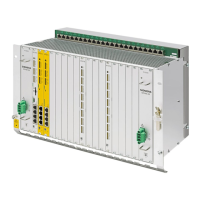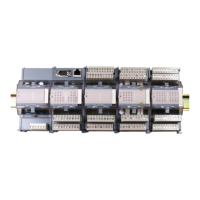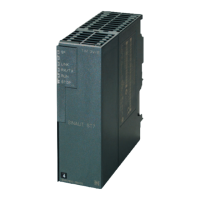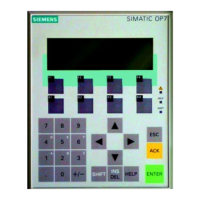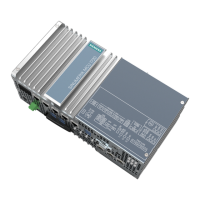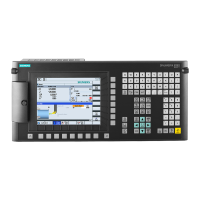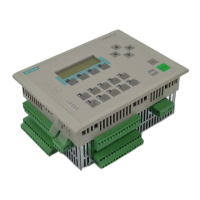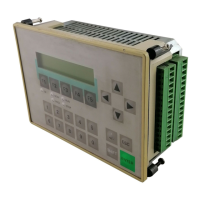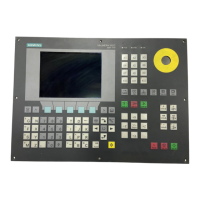7ML19985AN02 SITRANS LU10 – INSTRUCTION MANUAL Page 99
mmmmm
Troubleshooting Guide
Sometimes, material simply cannot be detected during vessel filling. In these cases, set
up failsafe operation such that the SITRANS LU10 "anticipates" the rate of material level
increase and adjusts the reported Reading accordingly. This operation is reliable, as long
as when the dust (or foam) settles a valid echo can be received. See
Technical Reference
Application Examples Example 1 - Level Measurement.
Fixed Reading
If the Reading is a fixed value, regardless of the transducer to material (object) surface
distance, ensure the following:
1. Transducer sound beam is free from obstruction.
2. Material (object) surface monitored is not within the Transducers’ nearest
measurable distance.
3. Transducer is not in contact with any metal object.
4. Material agitator (if used) is "on" while the SITRANS LU10 is operating.
If the fixed Reading represents a distance more than 3 meters (9 feet) from the transducer
face, the SITRANS LU10 is probably detecting some vessel interior obstruction. Aim away
from (or remove) the obstruction.
If the obstruction cannot be removed or avoided, the SITRANS LU10
TVT
(Time Varying
Threshold) Curve must be modified to reduce the Echo Confidence derived from the
sound reflected by the obstruction. (See
Enhancement Parameters
Scope Displays, P810
and TVT Shaper, P832).
If the fixed Reading represents a minimal distance from the transducer face, the condition
may be caused by a sound beam obstruction (check for this first), but could also be due to
other factors.
If the material (object) surface is within the Transducers’
nearest distance
(see
Installation
Transducer Mounting), mount the transducer higher above (farther away
from) the nearest object to be monitored.
If the transducer is mounted on a standpipe, grind smooth any burrs or welds on the
inside or
open end
(the end that opens into the vessel). If the problem persists, install a
larger diameter or shorter length standpipe, or
flare
(increase the diameter of) or cut the
open end of the standpipe at a 45° angle.
For "ST-series" transducers only
onlyonly
only, ensure non-metallic mounting hardware (supplied) is
used. Often, loosening over tightened mounting hardware will mechanically isolate the
transducer from a resonant metallic surface.
Regardless of the mounting type, if difficulties persist, optimize transducer performance.
Adjust Short Shot Frequency (P842) and Long Shot Frequency (P843) for maximum Echo
Confidence (P805).
If the preceding remedies have not produced satisfactory results, the false echo has to be
ignored. Extend Near Blanking (P800) to a distance (from the transducer face) to just
beyond the distance represented by the Reading. This also increases the nearest
distance the material level / object may come within the transducer face and still be
detected.

